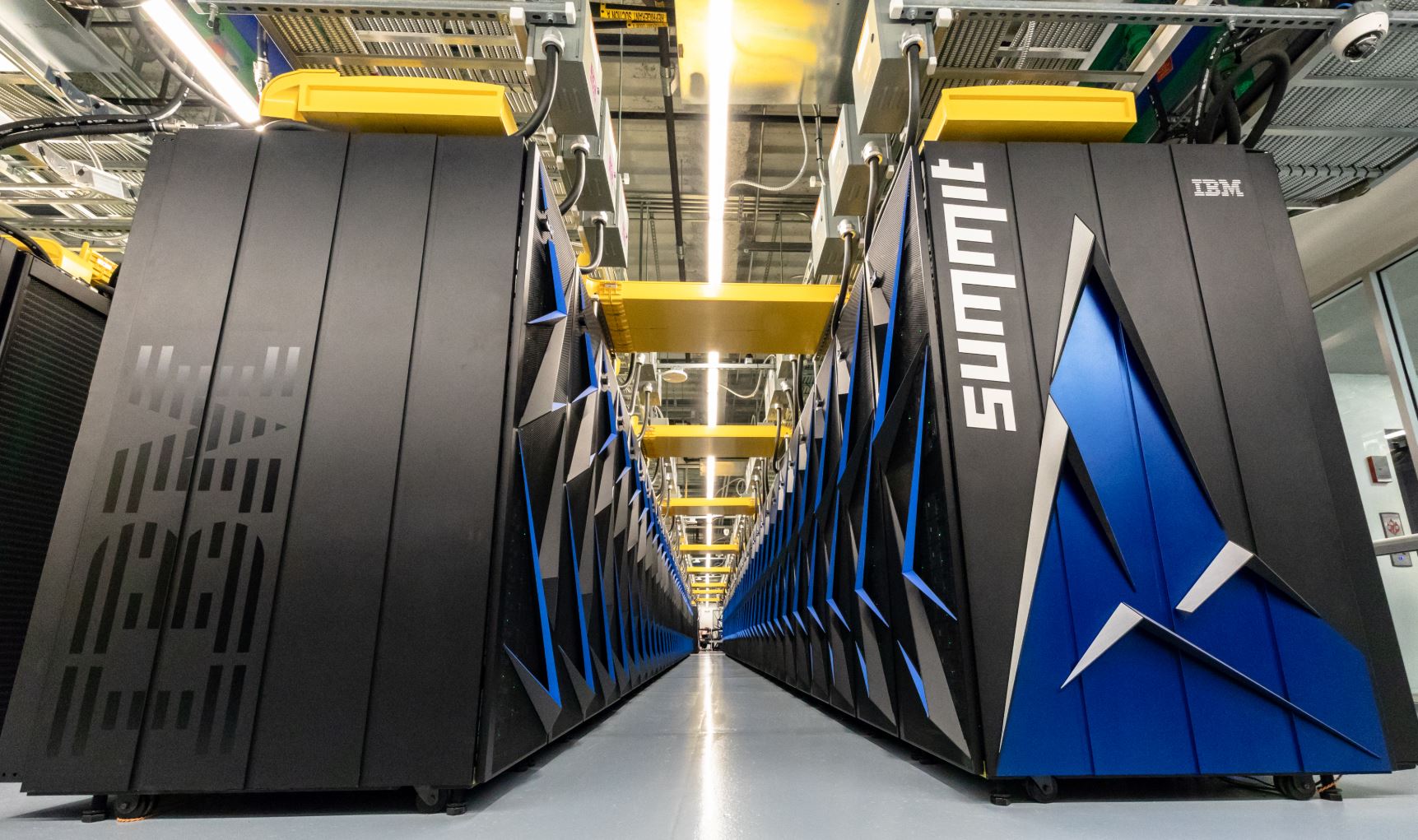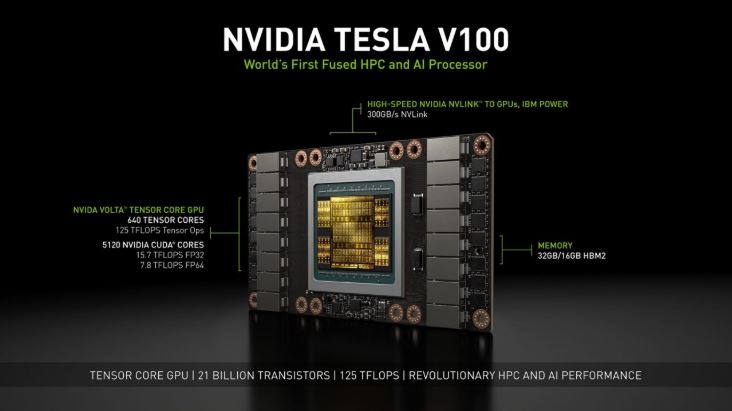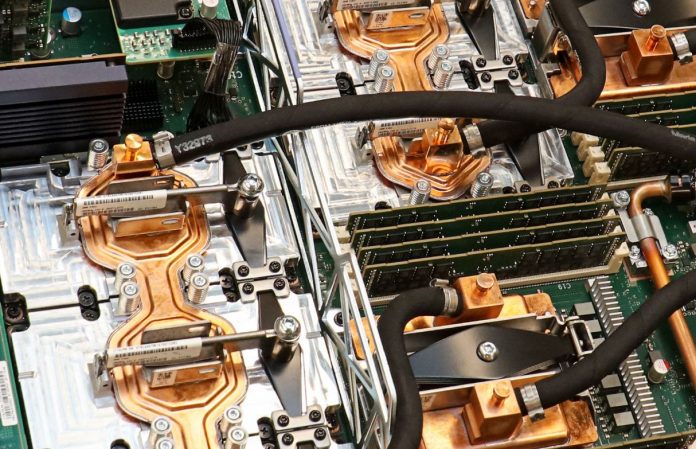Today the United States Department of Energy and Oak Ridge National Labs just announced its new Summit supercomputer. The new supercomputer reaches over 200 petaflops of performance. For AI operations, the new ORNL Summit supercomputer hits 3.3 exaops of performance. To give a perspective on that number, Jensen Huang, CEO of NVIDIA, said that “the universe is only half an exa seconds old.” He also went on to say that Summit is able to simulate a human brain where each of the brain’s 100 billion neurons is modeled with 30 million instructions per second.

ORNL Summit is comprised of the IBM AC922 system. There are 4608x dual 22 core IBM Power9 compute nodes, each containing two 22 core IBM Power9 CPUs and six NVIDIA Tesla V100 GPUs. In supercomputers, the interconnect is extremely important and Summit uses dual-rail Mellanox EDR 100Gb/s InfiniBand. A key innovation is that the system utilizes PCIe 4.0 which is twice as fast as the common PCIe 3.0 found in today’s mainstream servers and desktops. The new Summit supercomputer has over 10PB of memory.

The announcement also marks two milestones. First, the Titan supercomputer with its CPU and GPU combination was groundbreaking when it arrived on the scene. In 2012 Titan hit 27 PFLOPS, so this is a greater than 7x improvement in five years. The second milestone is that this is now 1/5th of the way to an exaflop which is a stated US and DoE goal in the next few years. If you look at the 7x improvement over the last five years and project outward, one may see a path to exascale in the near future.
Summit’s development has been hyped because it is not only using Mellanox Infiniband with NVIDIA Tesla V100 GPUs. The use of IBM Power9 in this system is a major win for that architecture. IBM has been pushing Power9 as an alternative to Intel Xeon in deep learning systems since it has features like PCIe 4.0 that Intel does not match at this time.
You can read more about the Summit announcement here.




